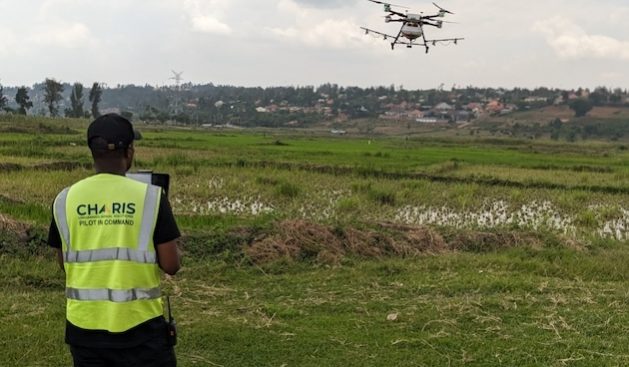A significantly large part of Finance Minister Nirmala Sitharaman’s interim budget speech last week was devoted to outlining the performance of the incumbent government. With general elections only months away, this was expected. And like a political speech, her delivery on 1 February highlighted an increase in the per capita income of Indians by more than 50% over the last decade, along with the government’s claim of about 250 million Indians having moved out of multidimensional poverty during the same period.
But how realistic are these claims? The claim of poverty reduction is based on extrapolated estimates of poverty using the Multi-Dimensional Poverty (MPI) measure adopted by the Niti Aayog. While the claim may be right, it is not a substitute for the conventional measure of poverty based on consumption expenditure that India has been using since independence. The fact that we don’t have consumption expenditure data after 2011-12 makes it difficult to arrive at any estimate based on consumption poverty in the country. But the only available estimate from the leaked report of 2017-18 and several other estimates from alternative sources of data suggest that the pace of India’s poverty reduction slowed down after 2011-12 from the 2004-05 to 2011-12 period.
On Indian per capita income, the finance minister is right that it has increased by more than 50% over the past decade (i.e., between 2013-14 and 2023-24). However, the same data from the national accounts also shows a clear trend of deceleration, with per capita income increasing by 35% in the first five years, but decelerating to less than half (i.e. 17%) in the most recent half decade.
But then, per capita income estimates from national accounts are not the perfect measure if one wants to understand how Indians at large have fared on average. While there are no income surveys available for the country after 2011-12, an idea of the income earned by workers can be obtained from the Periodic Labour Force Surveys (PLFS), which have been collecting data from all workers since 2017-18. The most recent round for which we have information is that of 2022-23. Note that PLFS data is conceptually different from the broad estimates of national accounts, as it does not include transfers from the government as subsidies and pensions or any private remittances. Nonetheless, it offers a good indicator of how much Indians have earned from their participation in economic activity.
Since this government was re-elected in 2019, the appropriate comparison would be between 2018-19 and 2022-23. These numbers suggest that the real average earnings of Indians from work have increased only by 9% in the last four years, with a higher increase of 19% in rural areas but a negligible rise of only 4% in urban areas. While PLFS data suggests a moderate increase in the wages of casual workers, at more than 3% per annum, it also reports decline in the real wages of regular workers, with a sharper decline among urban regular workers. Self-employed workers in rural areas witnessed a marginal increase, whereas urban workers experienced a decline.
These estimates are not at variance with other sources of data for different categories of workers. Labour bureau estimates, for example, are available until November 2023; these point to a decline in wages for non-farm labourers of 0.9% per year in the last five years, while agricultural wages increased at a rate of 0.2% per annum. Compared to the level of real wages in May 2014, when this government took over, non-farm wages have declined at 0.4% per year, although agricultural wages show an increase of 0.5% per annum. Together, this decline in rural wages is the longest spell of declining wages experienced since independence.
What about farmers, who constitute India’s largest occupational group?
We have no easily available direct sources of data from which to estimate what our farmers earned. The only available source is the Situation Assessment Survey (SAS) of farmers, which reports a decline in cultivation income of farmers of 1.5% per annum between 2012-13 and 2018-19, the last year for which this report is available. What about farmer incomes under the present government? The easiest option is to make estimates using the Niti Aayog’s methodology that relies on national accounts. Thus, using disaggregated data from national accounts, the real income of farmers actually declined at 4.4% per annum between 2018-19 and 2021-22, with real income in 2021-22 about 13% lower than what it was in 2018-19.
Clearly, multiple data sources suggest a decline or at best a deceleration in the income earned by working Indians in the last five years. While this may be at variance with claims of the finance minister, it also warrants a more realistic approach to policymaking.
The budget was only a ‘vote on account,’ but it signals a misplaced understanding of the reality faced by a majority of Indians. While claims of increasing incomes and declining poverty can always be justified as political rhetoric during an election year, ignoring the reality of distress among vast multitudes of working Indians is unlikely to help the recovery of an economy that is emerging too unevenly from a pre-pandemic slowdown followed by a covid contraction in an uncertain global environment.
















